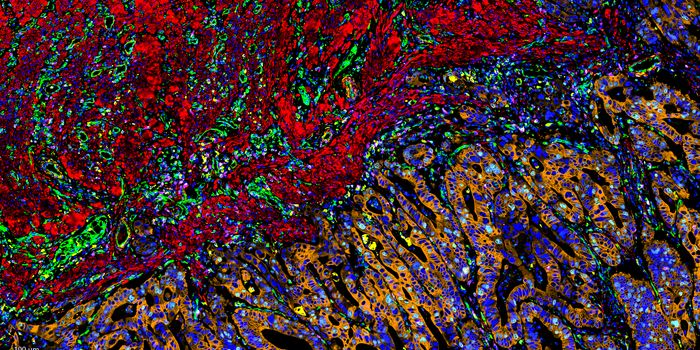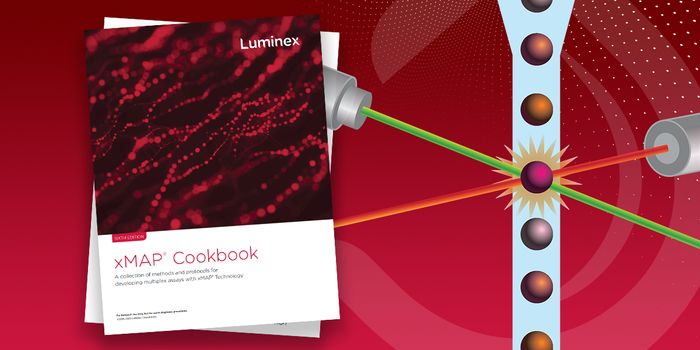Migraines: Dark Times and (Pharmaceutical) Rays of Hope
Despite being commonly used interchangeably, headaches and migraines are worlds apart. Migraines are by far much more prolonged and debilitating, encompassing a range of accompanying symptoms from throbbing pain and light sensitivity to nausea and vomiting. The pathophysiology of this condition is complex and identifying potential therapeutic targets has, for a long time, eluded neuroscientists. Among the challenges is that nobody knows what really causes migraines.
The current working theory is that the trigeminovascular system (a neural connection that innervates blood vessels in the head) is a major player. Recurrent activation and sensitization of this pathway alters the excitability of the brain, resulting in the hypersensitivity to light, sounds, and even smells.
For the estimated 16 percent of the worldwide population that suffers from migraines, a silver lining has come in the form of a suite of migraine therapeutics that have recently entered the clinic. One of these is a migraine drug called erenumab (Aimovig) — a monoclonal antibody drug derived from natural immune systems. The antibody prevents both episodic as well as chronic migraines by blocking the activity of calcitonin gene-related peptide (CGRP), a potent peptide produced by neurons. Elevated levels of CGRP have been linked to a range of conditions including migraine, hypertension, and cardiac failure.
A recent study conducted by Australian scientists has highlighted the true potential of Erenumab at relieving severe migraine attacks in chronic sufferers. The study tracked migraine incidences in a cohort of almost 200 patients. After taking the drug, almost 60 percent of them had at least halved the number of migraines they experienced per month.
“These drugs represent a significant advance in migraine care, and with many patients describing them as ‘life-changing’, they bring new hope to many living with migraine disease,” said the study’s lead author Dr. Elspeth Hutton from Monash University.
Sources: Headache, AJMC, Nature.









